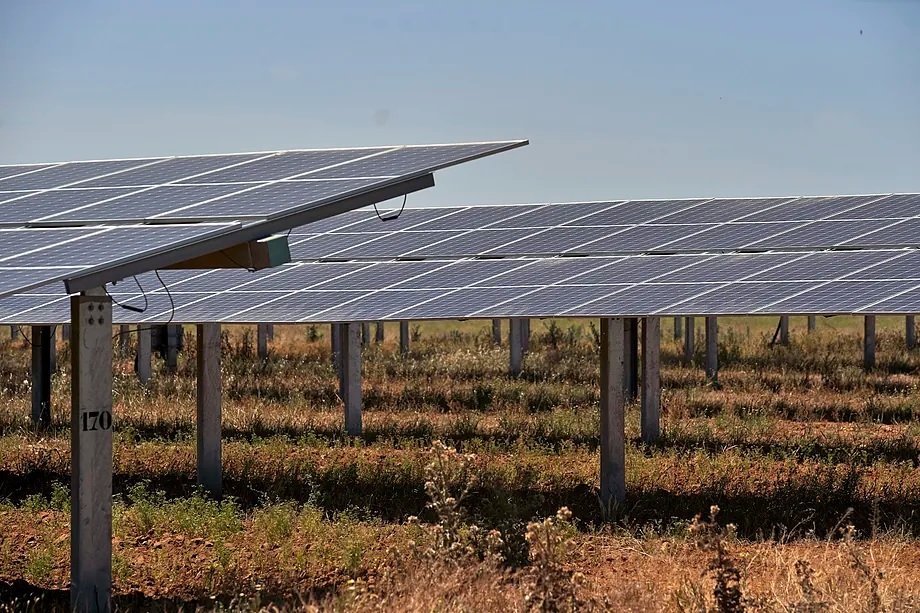Last August, photovoltaic solar power was once again the main source of electricity generation in Spain, contributing 23.2% of the total production, ahead of nuclear (21.7%), wind (16.6%), and combined cycle (14.7%). In May of this year, it reached the milestone of becoming the first source of the national mix for the first time in history and has repeated this every month since then.
Traditionally, the contribution of photovoltaics has always decreased in September compared to the months when it was the main source this year, as there is more wind and water, in addition to fewer hours of sunlight. However, this year it could remain among the main generation technologies due to the increase in installed photovoltaic capacity. On the other hand, the use of gas in combined cycles usually increases.
Nevertheless, the data, like in previous months, is very positive from the perspective of users' bills and energy sovereignty. However, looking ahead, it could become a problem related to gas: what to do with the surplus energy?
Photovoltaics, by their nature, always produce at specific hours of the day. Thus, during the central hours of the day, it is normal to have lower prices, as there is a higher production combined with lower demand. One key aspect, therefore, is to electrify demand wherever possible, from household consumption -for heating, for example- to transportation, and industry.
The Government already hinted at this in the latest draft of its National Integrated Energy and Climate Plan (PNIEC), detailing that the electrification of the economy is "one of the key vectors of decarbonization." Furthermore, the latest version of the document increases previous forecasts on the implementation of electric vehicles and envisions a fleet of 5.5 million by 2030, 10% more than the previous target.
The other key aspect is storage. On one hand, due to its evident supply potential by storing renewable production to be used when the intermittency of these sources makes them unavailable. And on the other hand, for the flexibility it would bring to the system. Currently, hydropower and combined cycle plants are the only ones that can respond almost automatically to demand peaks if the system is strained (as happened in 2022 when France imported much more electricity than usual due to a problem in its nuclear park). Also, especially gas, which is not weather-dependent, if a source is unavailable, as can happen with wind power during heatwaves.
The future plan is to replace natural gas with various storage forms. It will not only be about batteries like those in electric vehicles but also about large dams with turbines connected to wind turbines or photovoltaic parks that allow water to be stored when these sources are available and released whenever necessary. Adapting existing hydroelectric plants is relatively simple, but building new ones is much more complex. In any case, Spain is also a global power in this field: the Gorona del Viento plant in El Hierro powers the island with this technology - it has a thermal plant that provides redundancy and supply security - and recently celebrated its tenth anniversary.
The third pillar is green hydrogen, which is expected to replace natural gas. Spain has the necessary sun and wind to produce it on a large scale, but the technology is still far from being profitable.
In any case, the PNIEC, energy roadmaºp until 2030, plans to continue investing in increasing renewable generation. According to the plan, solar photovoltaics, which currently have 27,885 MW installed, should reach the next decade with 76,387 MW. Wind power, the current main source by installed capacity with 31,490 MW, will lose that top position, but the park will double to 62,044 MW. Storage will have 22 GW, not detailed by technologies in the PNIEC, beyond specifying that the calculation includes 3.5 GW of solar thermal. This represents an increase from the 20 GW capacity contemplated in the Storage Strategy approved in February 2021.
